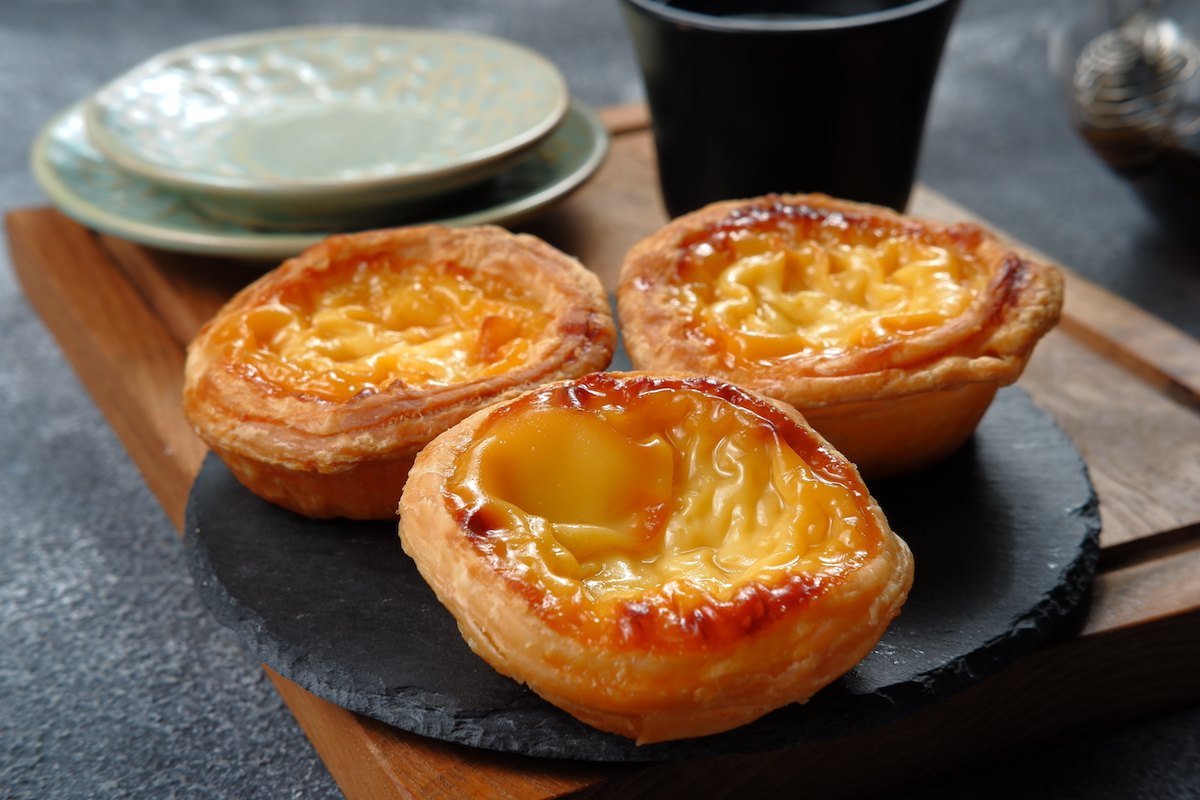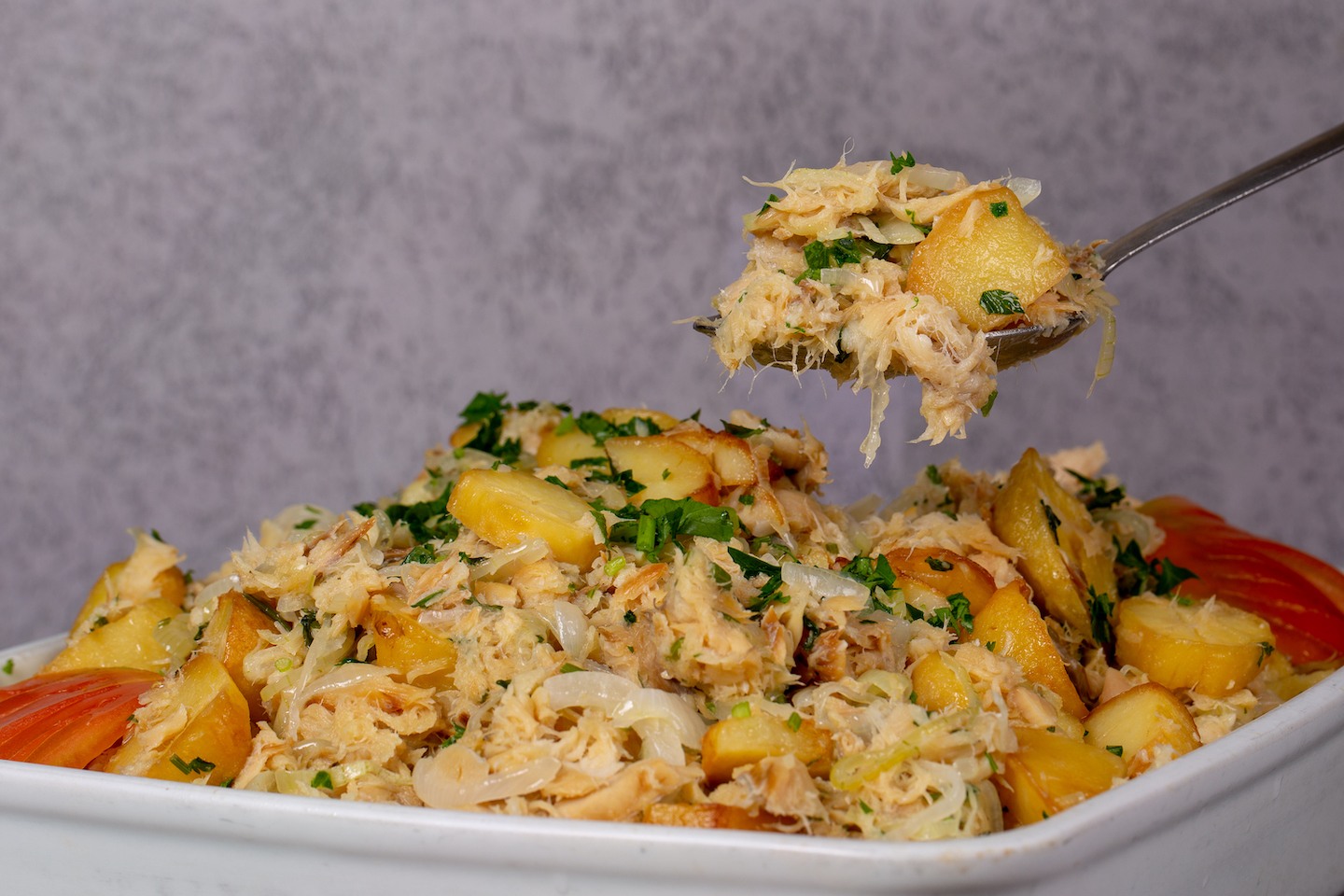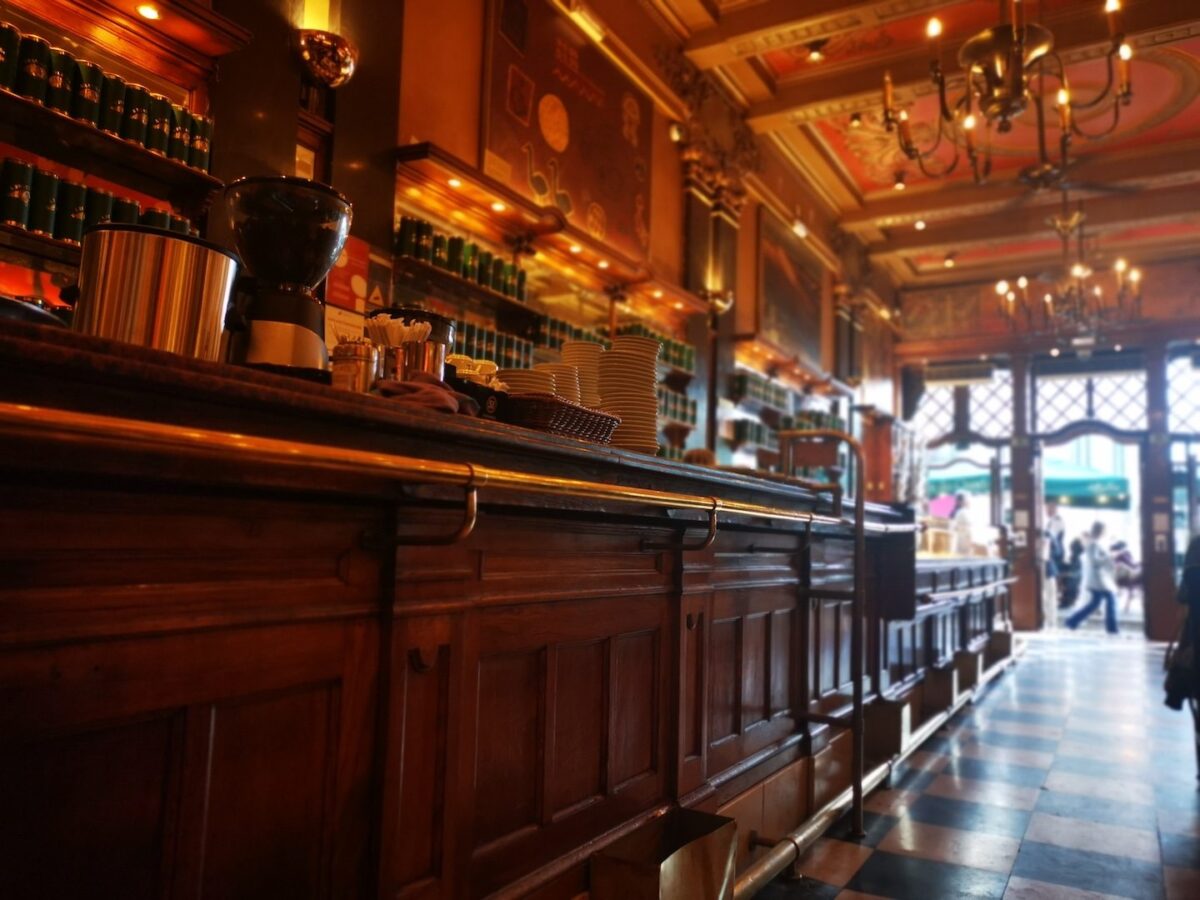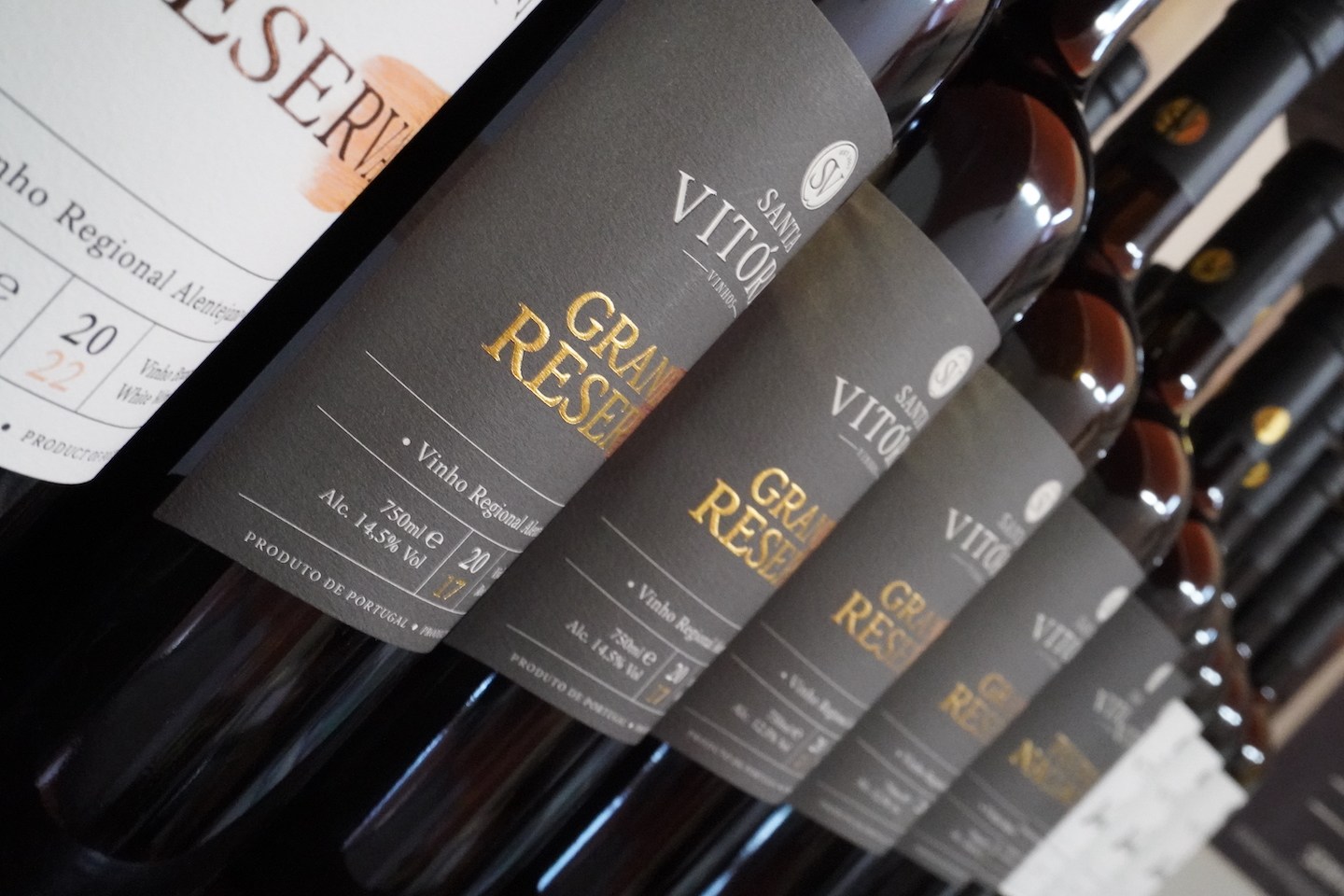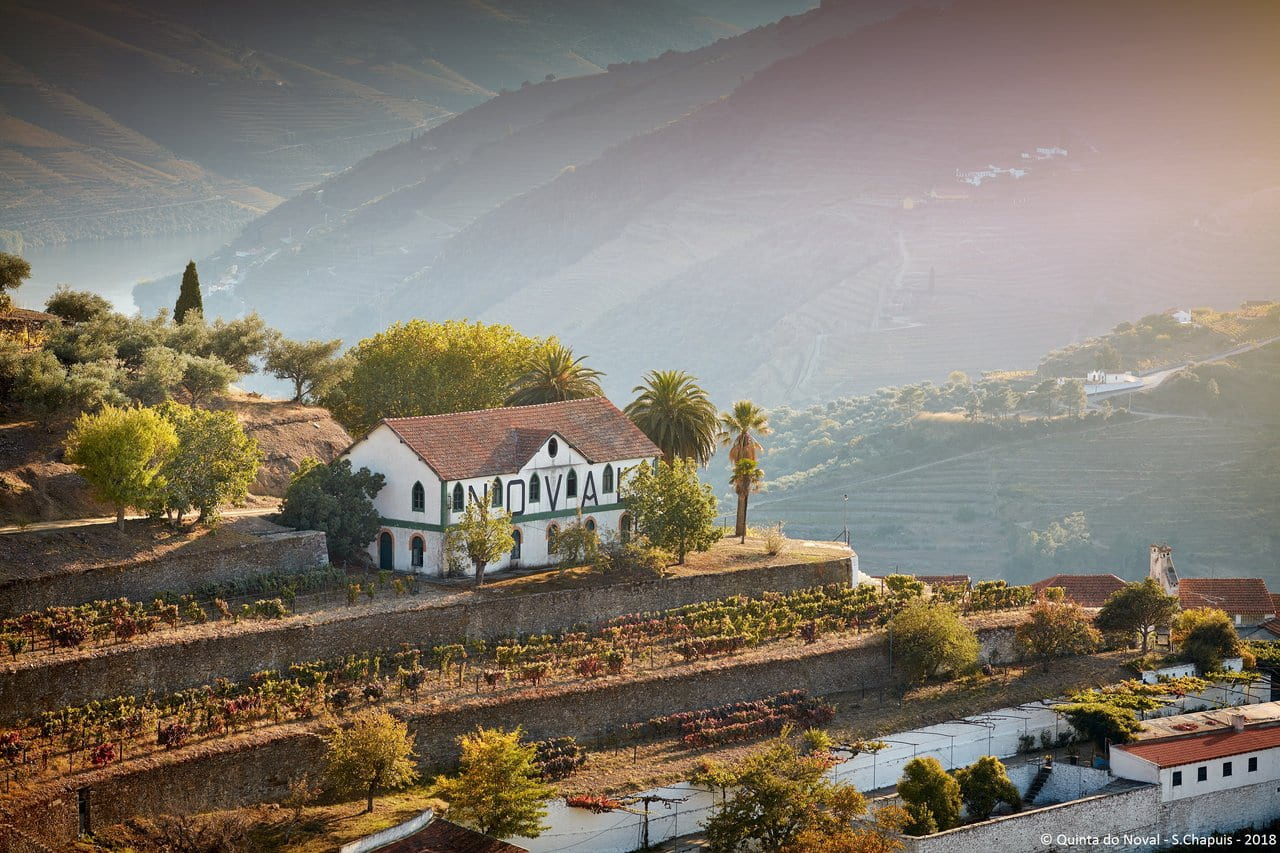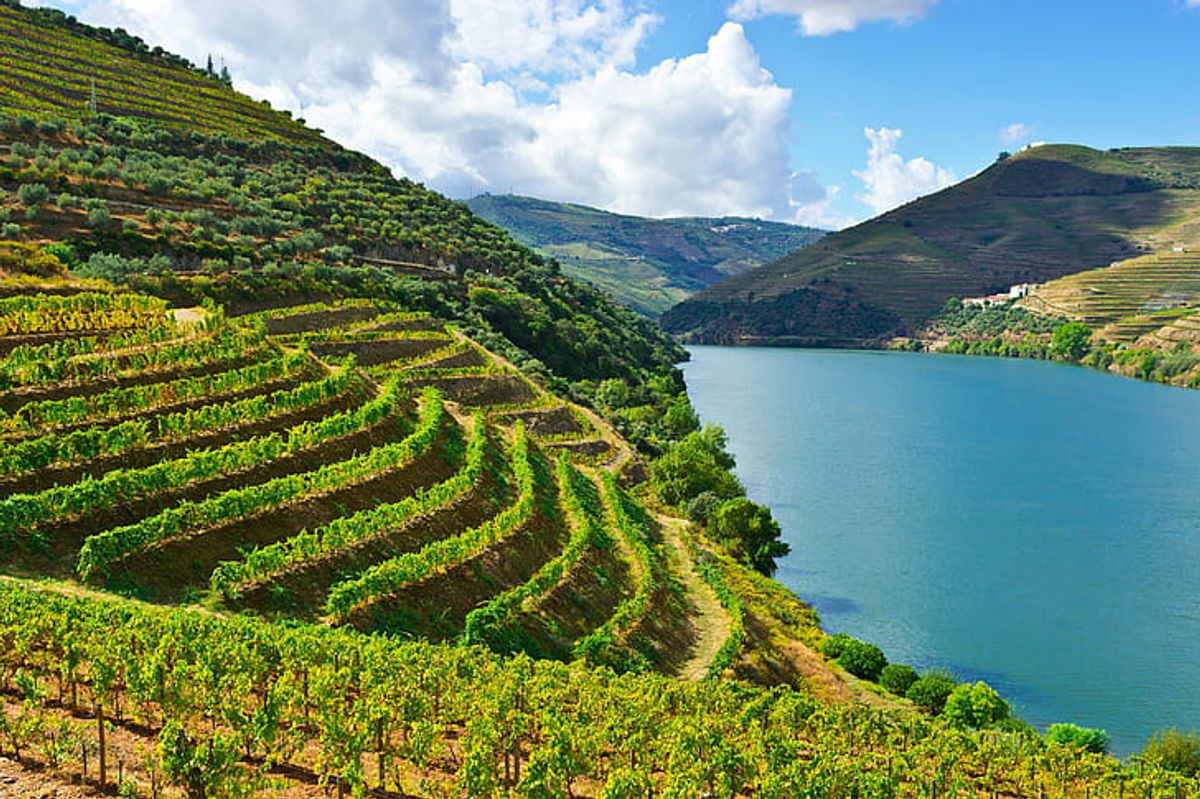Imagine biting into a pastry where each layer of flaky, buttery crust harmonizes with a velvety, rich custard heart, all crowned with a delicate dusting of cinnamon and a caramelised sugar glaze. This is the Pastel de Nata (or the plural, Pastéis de Nata), Portugal’s most cherished custard tart, and a tart that has transcended its local origins to become a global sensation. But what’s the story of its origins and allure of this beloved Portuguese delicacy?
A Monastic Invention
The origins of the Pastéis de Nata trace back to the Jerónimos Monastery in Lisbon’s historic Belém district. In an era preceding the 1820 Liberal Revolution, monasteries and convents were the birthplaces of Portugal’s finest pastries, a tradition born out of necessity and innovation. The Jerónimos Monastery, situated near a sugar cane refinery, began selling these custard tarts to support the monastery financially. The original recipe, a closely guarded secret, is said to be known by only a select few, adding to the mystique of these tarts.
The Belém Phenomenon
The closure of the monastery in 1837 didn’t mark the end but a new beginning for the Pastel de Nata. The secret recipe was passed to a nearby entrepreneur who founded the Fábrica de Pastéis de Belém, turning these tarts into a culinary legend. While Pastéis de Nata are available nationwide, the Pastéis de Belém hold a special place in the hearts of aficionados, who argue that the original recipe offers a unique, irreplicable taste.
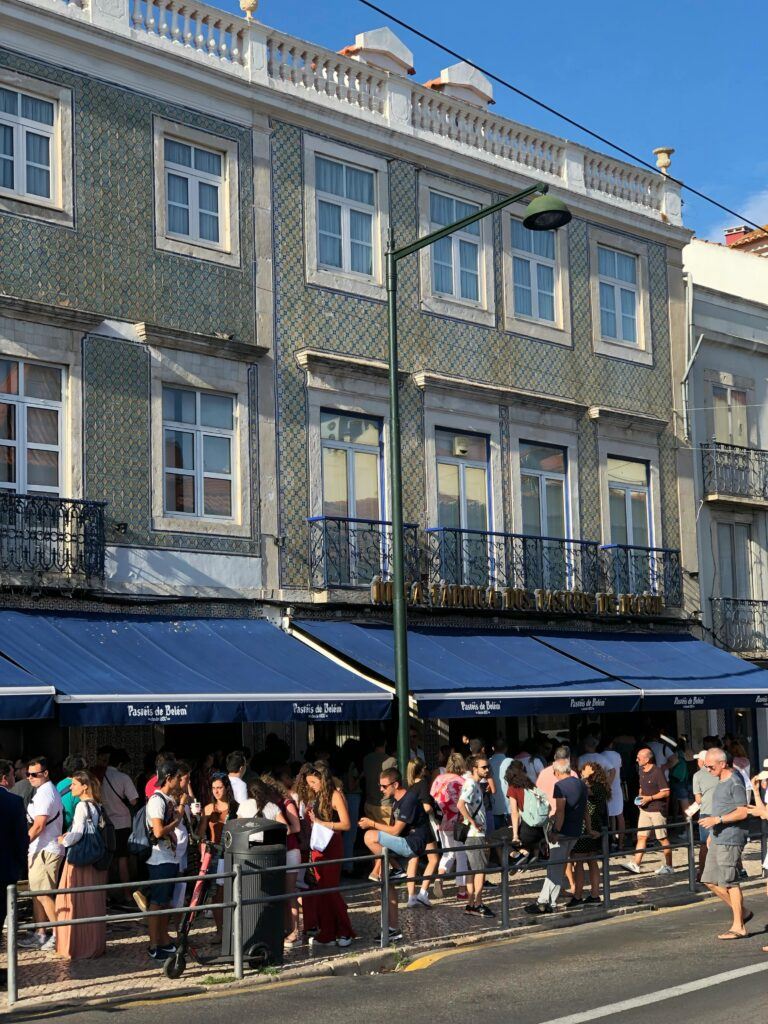
The Art of Simplicity
Despite their complex flavour profile, the ingredients of Pastéis de Nata are remarkably straightforward:
- Puff Pastry: The foundation, yielding the tart’s signature flaky texture.
- Custard: A luscious mixture of egg yolks, milk, sugar, and flour, subtly enhanced with lemon zest and cinnamon.
- Topping: A final flourish of cinnamon and powdered sugar adds to the tart’s irresistible appeal.
A National Obsession
Portugal’s devotion to the Pastel de Nata is not just a matter of taste but a cultural phenomenon:
- The Fábrica de Pastéis de Belém is renowned for producing upwards of 20,000 Pastéis de Nata each day.
- Across Portugal, it’s estimated that a million Pastéis de Nata are consumed daily, underscoring their status as a national treasure.
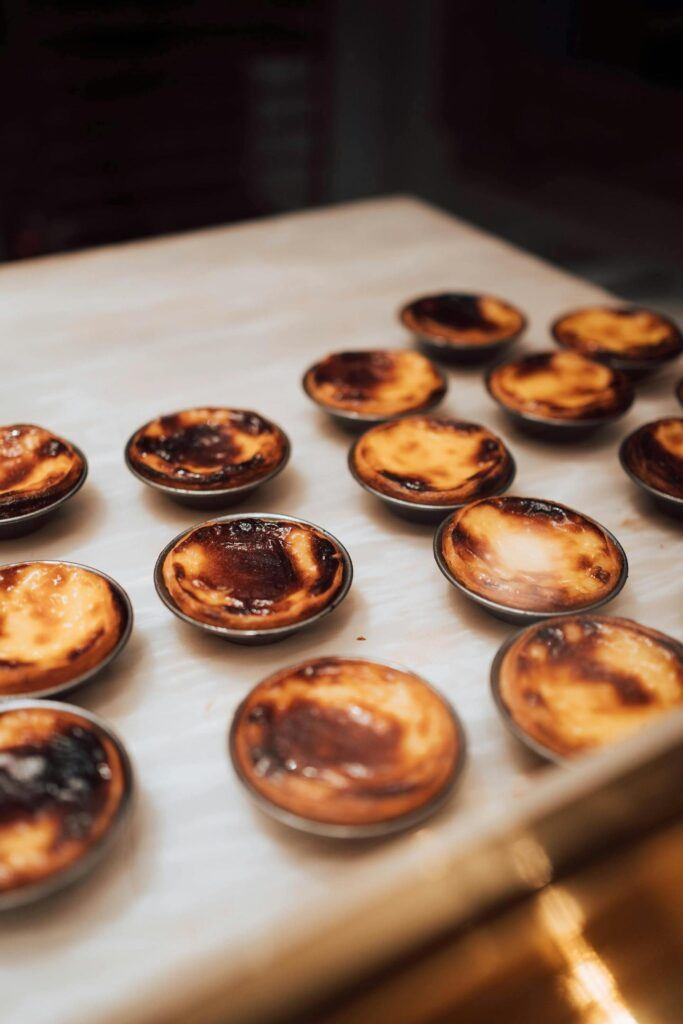
Savoring the Experience
Traditionally enjoyed with a morning espresso or an afternoon coffee, the Pastel de Nata is best experienced fresh from the oven, when the custard is still warm, and the crust perfectly crisp. The classic touch of cinnamon and powdered sugar elevates the experience, making each bite a moment of pure culinary bliss.
Beyond the Classic
While tradition holds a sacred place in the hearts of purists, contemporary chefs are embracing innovation, introducing variations that range from chocolate-infused custards to savory reinterpretations, showcasing the versatility and enduring appeal of the Pastel de Nata.
The Pastel de Nata is more than a pastry; it’s a symbol of Portuguese culinary heritage, a blend of history, simplicity, and gastronomic excellence. Whether you’re indulging in a Pastel de Belém at its source or enjoying a local bakery’s rendition, the Pastel de Nata promises a taste of Portugal’s sweet legacy, one delectable tart at a time.
